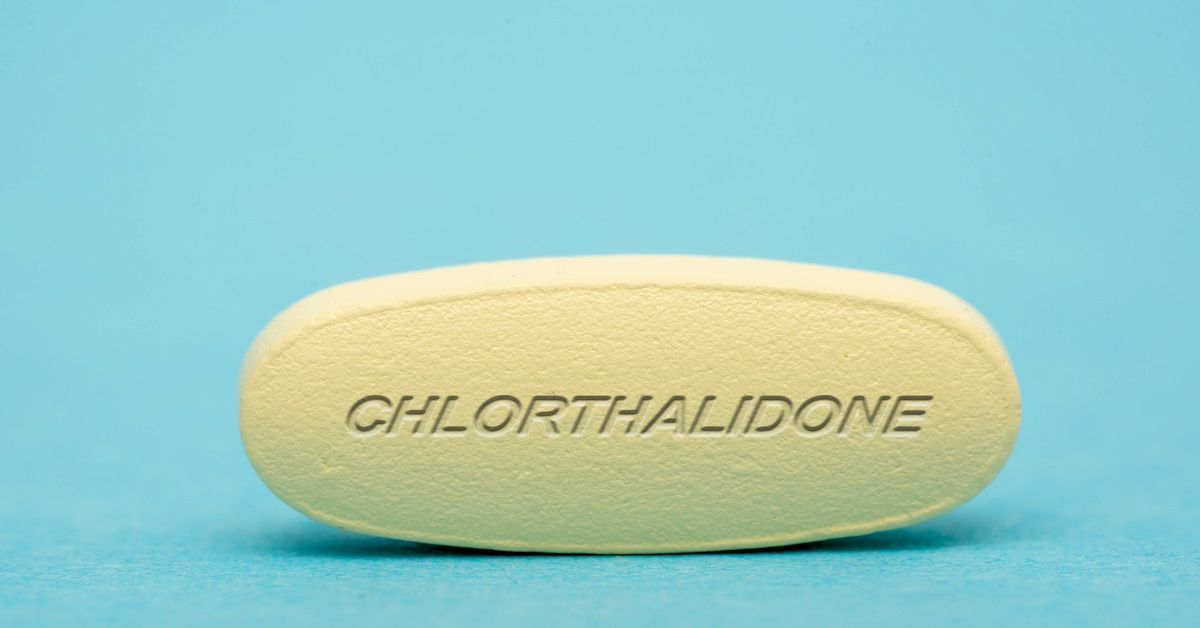
Pulmonary Arterial Hypertension
Latest News
Latest Videos

CME Content
More News

When patients are treated in primary care for high blood pressure, sociodemographic factors sway the rates at which they access patient portals, investigators found. This could influence their hypertension outcomes.

Ronald Oudiz, MD, FACP, FACC, FCCP, discusses the challenges and limitations associated with the adoption of new treatments and the impact of emerging therapies on patient outcomes, quality of life, and disease management in the long term.
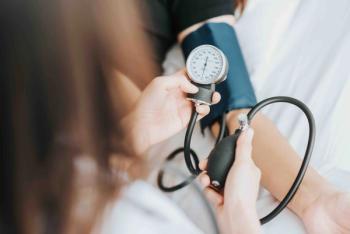
A study found that prehospital blood pressure (BP) reduction had no impact on functional outcomes among patients with undifferentiated acute stroke, but that it may decrease the odds of poor outcomes following hemorrhagic stroke.

Marius Hoeper, MD, offers expert perspectives on the recently FDA-approved sotatercept, focusing on its mechanism of action, potential cost implications, and potential advantages and disadvantages it could offer compared with existing foundational therapies.
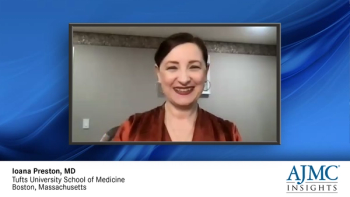
Focusing on the complexity of PAH management, Ioana Preston, MD, discusses the importance of combination therapies, close monitoring, and provides insight on counseling patients through treatment.

Closer monitoring of youth hypertension could lessen the disease in adults, reducing overall costs and morbidity related to cardiovascular disease (CVD), new research shows.

An expert on pulmonary arterial hypertension discusses the potential impact of emerging therapies, including sotatercept, ralinepag, and inhaled imatinib.

Marius Hoeper, MD, discusses the direct medical costs and indirect socioeconomic costs associated with the treatment of pulmonary arterial hypertension (PAH), including hospitalizations, outpatient care, and patient productivity and quality of life.

An expert on pulmonary arterial hypertension discusses the limitations of current therapies and the barriers to early diagnosis.

Ioana Preston, MD, discusses unmet needs in the management of pulmonary arterial hypertension (PAH) and the challenges associated with the progressive nature of the disease.

Among over 60,000 nursing home residents who initiated antihypertensive medication, rates of excess fractures due to falls per 100 person-years were as high as 5 among certain patient groups, such as those with dementia and high blood pressure (BP).

A cardiovascular specialist provides an overview of emerging therapies and targets in the PAH treatment space and how they address current unmet needs.

Ronald Oudiz, MD, FACP, FACC, FCCP, discusses the latest guidelines and recommendations for the treatment of pulmonary arterial hypertension (PAH) and how they differ from previous versions.

The randomized trial found that reducing sitting time over a 6-month period was association with reduced systolic blood pressure (BP) among a group of older patients with obesity and high rates of hypertension.

Positive responses seen following experiments involving metastasis-associated in colon cancer 1 (MACC1) indicate that the biomarker can be used to better diagnose and treat patients with pulmonary arterial hypertension (PAH).
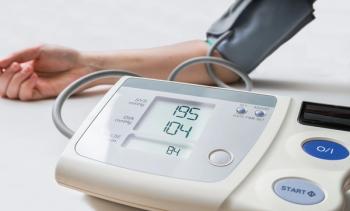
Surprisingly, the investigators found people with uncontrolled hypertension before the pandemic actually had a slightly higher chance of getting their blood pressure under control during the crisis.
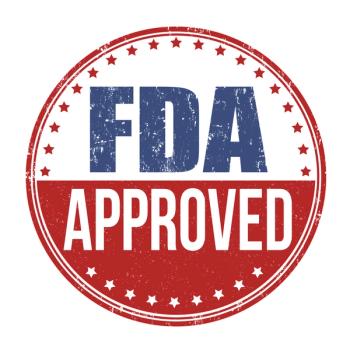
Adults with pulmonary arterial hypertension (PAH) have a new treatment available with the FDA approval of sotatercept (Winrevair; Merck), an activin signaling inhibitor biologic.
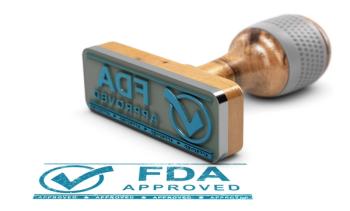
The approval, which marks the first for a once-daily, single-tablet combination therapy for pulmonary arterial hypertension, is based on findings from the phase 3 A DUE study.
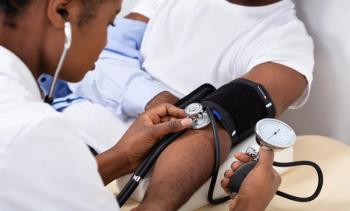
Two strategies were tried, but neither outperformed usual care.

Prevalence of hypertension remained 30% throughout the study period and was lower than expected, based on a lower threshold for hypertension endorsed by guidelines in 2017.

Among food-insecure patients on antihypertensive medication, receiving assistance through the Supplemental Nutrition Assistance Program (SNAP) was associated with improvements in medication adherence.

Researchers of the review are underscoring the potential for economic policies to improve the management of hypertension for the millions of people throughout the United States with the condition who are at risk for cardiovascular disease.

Numerous strategies were proposed, including an emphasis on community-based interventions that can reduce psychological stressors associated with clinical settings.

The retrospective study found patients on Bruton’s tyrosine kinase inhibitors are similar to the general population in the sense that it usually takes at least 2 anti-hypertensive drugs to control blood pressure.

For the first time, investigators found that the replacement of salt with a salt substitute not only reduced hypertension, but did not also increase hypotension, a key factor for older adults.


